As we have slowly fallen under the illusion that we no longer depend on our body’s interior clock, that our cells follow our whims, the body gets rushed among the many things we want so desperately to catch and improve in our everyday. For what does one do when exhaustion creeps in? All life has evolved with a day/night cycle, where darkness is a full matter, helping reset the perspective of the world. Messing it up, can hurt.
Taking a poetic leap into the notion of inner time, Maria Balea reflects on the increasing exhaustion of the body, the turmoil that doesn’t let it stay still. And so, one needs to find some sort of refuge, to get attuned.
Her lush imageries of vegetation appear not from a sort of fantasy of Edenic beatitude, but rather from the ferment of life, recalling certain attention that is alert and observing to the changes that occur in the growth of life around. Unfurling seeds and leaves, critters with an almost untraceable presence, the shifting colors of light, the crackles in scorched patches of soil – makes for a walk that requires another rhythm where the tranquillity of moving and the vibrant life synchronize. These walks intuitively echo how species sense each other(us included) through shapes and tendencies, reacting to touch and presence.
This wildlife, however, stays uncanny, as it is made of accidents of what survived in the memory. What plant is it? We really don’t know, but it feels graspable and familiar. The living organisms and plants that populate the landscapes are rooted in the artist’s memory, brought forward as a sort of ‘stock’ recovered together with a longing for a time of slow annotations that marvel at the mysterious transformation of life. Textures and atmosphere become thus the work of feeling.
The duality of time, like night and day, extended to life and death, lose their opposition and become once more flow, where the artist places herself as a wanderer in a meditative state. Almost like a portal from one world to another, in these landscapes, everything is closer than you assume. Mud bubbles work as subterranean subterfuges, placed among what seems to be undisturbed waters, they release the day thus far, signaling that a slower breathable time is still possible. Plants and insects are brought about in sceneries as if always being there, reminders that life keeps flowing despite individual circumstances, and that regeneration can make the idea of death more palatable.
As the walk is slow and lets the mind of the eye travel, something dormant is about to be awakened.
Text: Edith Lázár
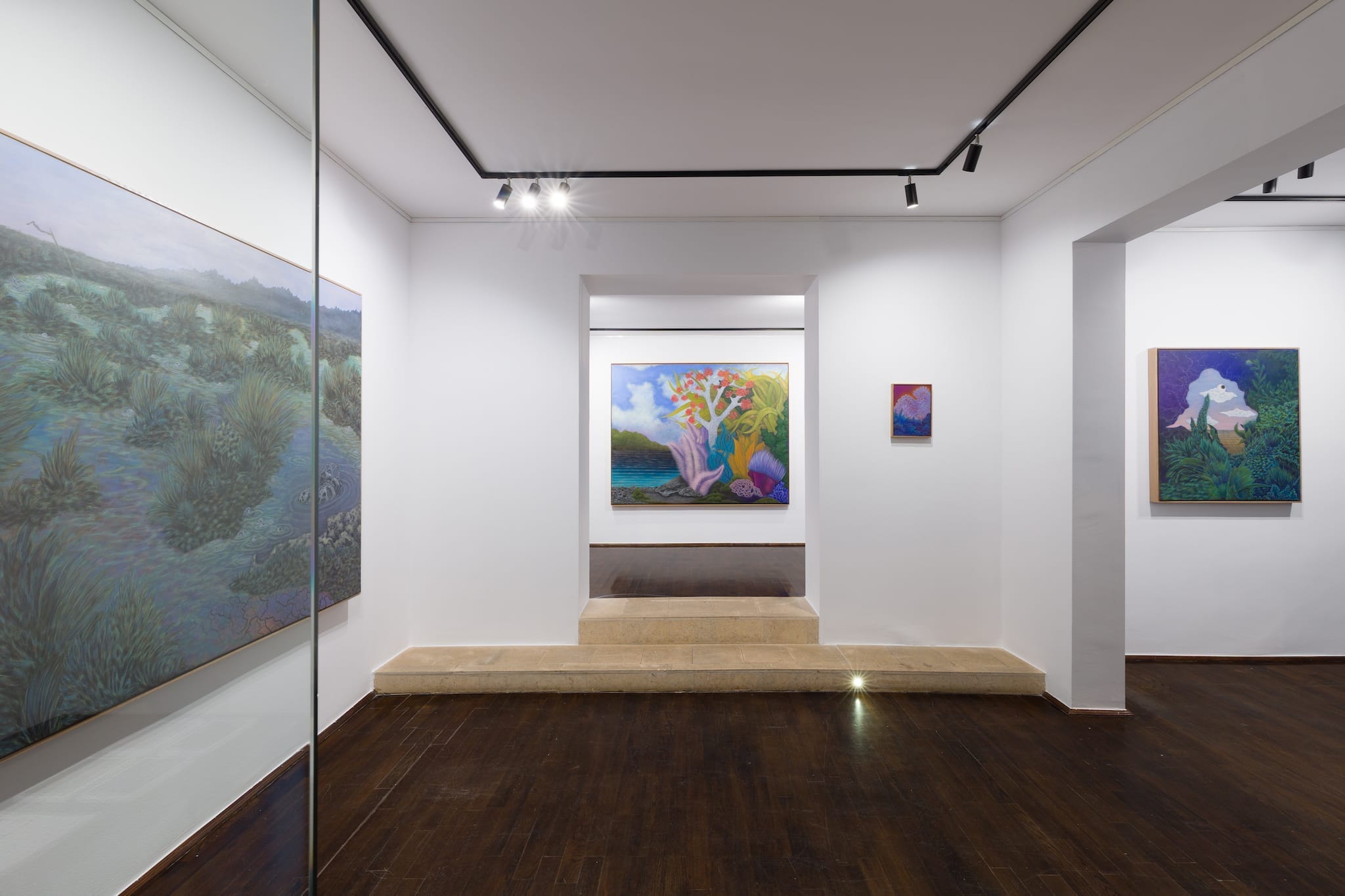
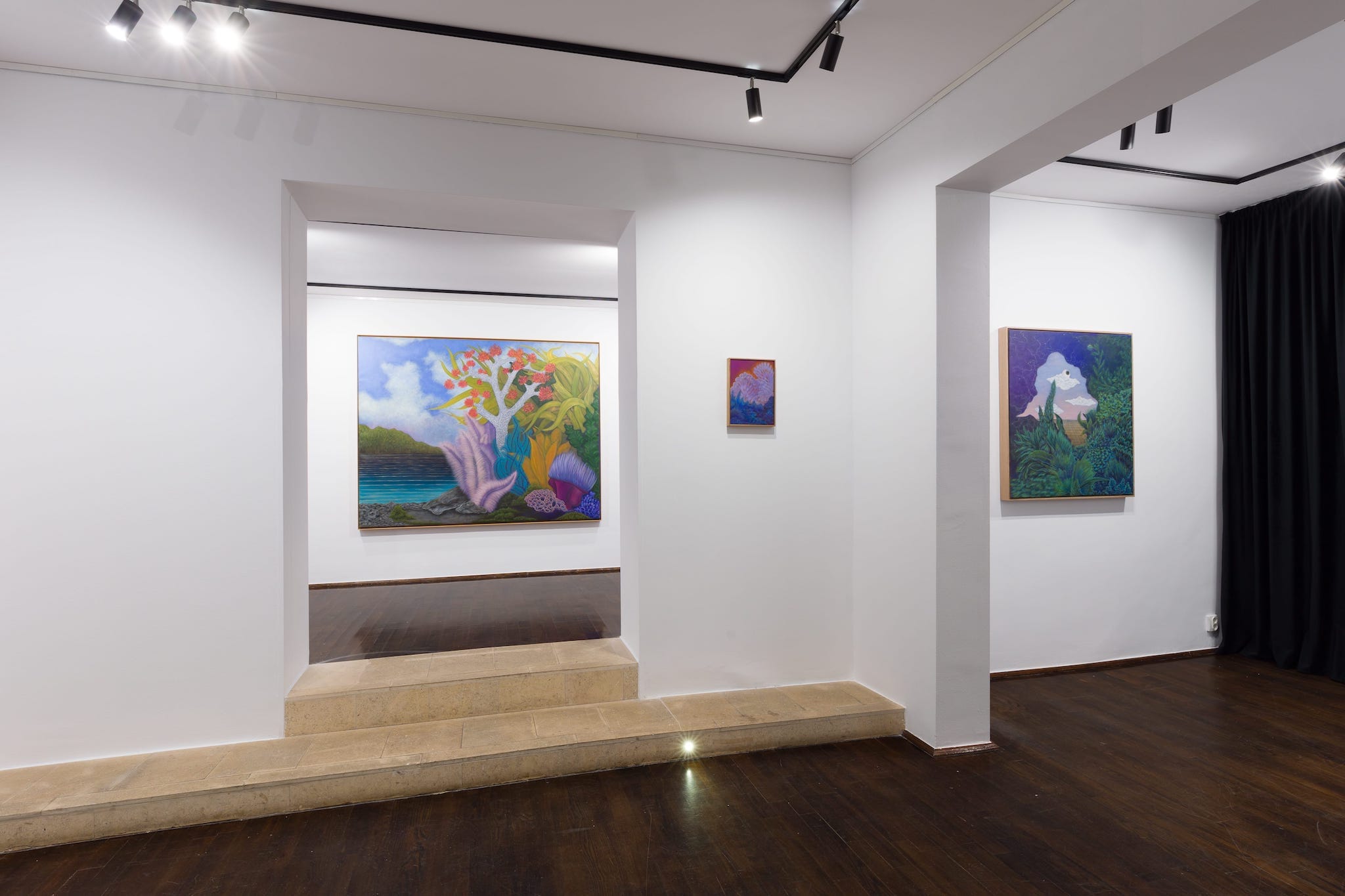
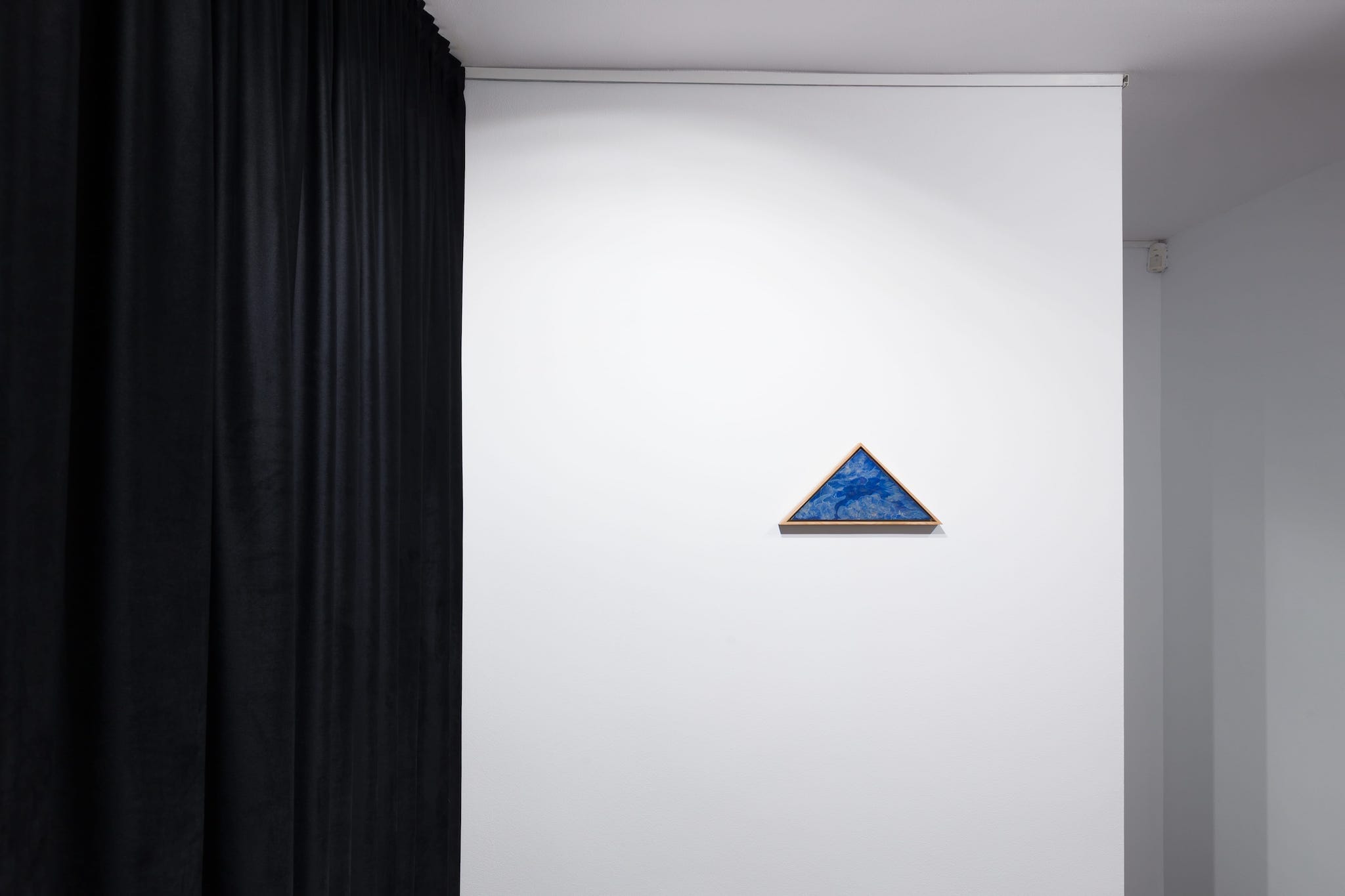
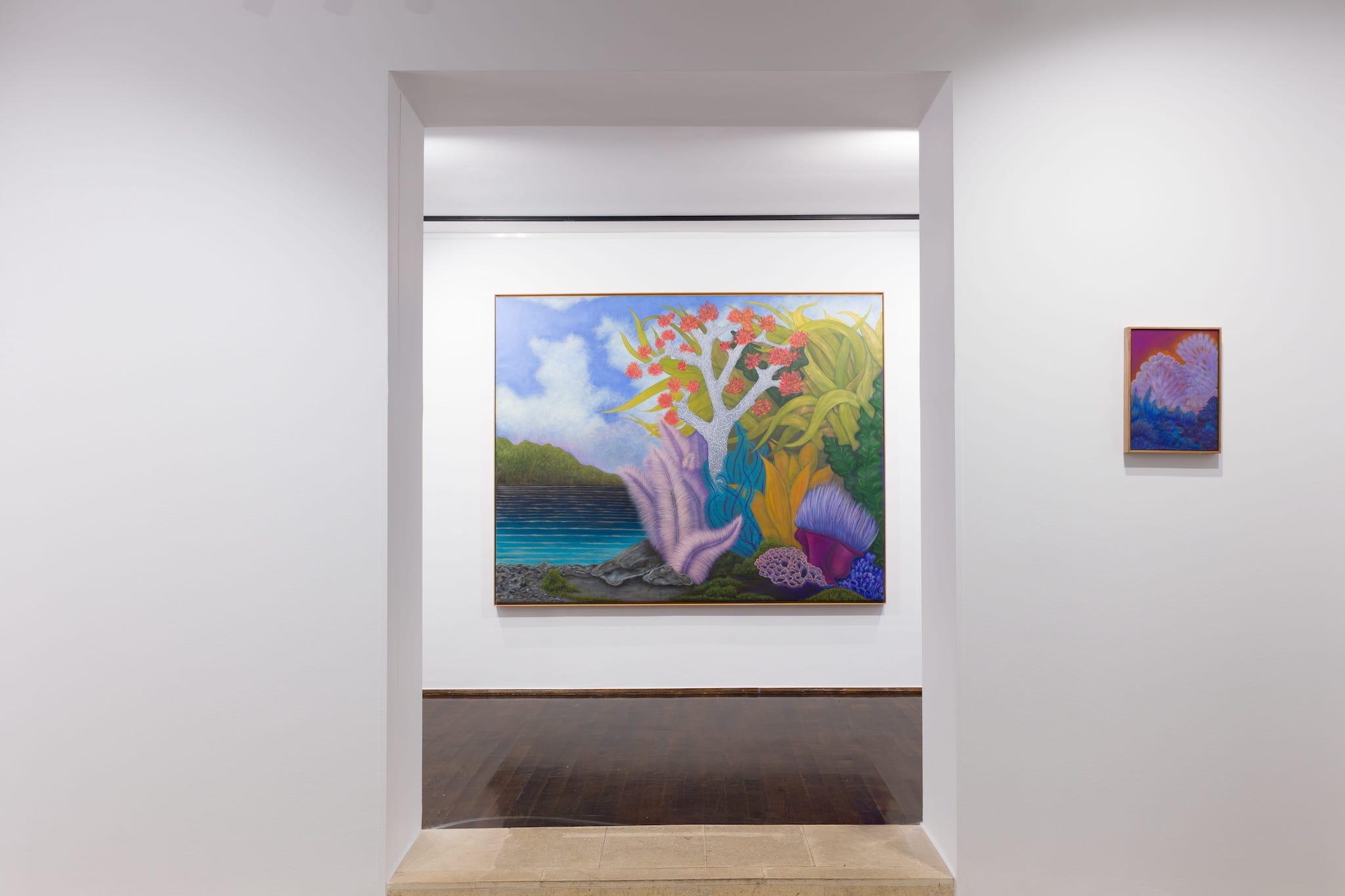
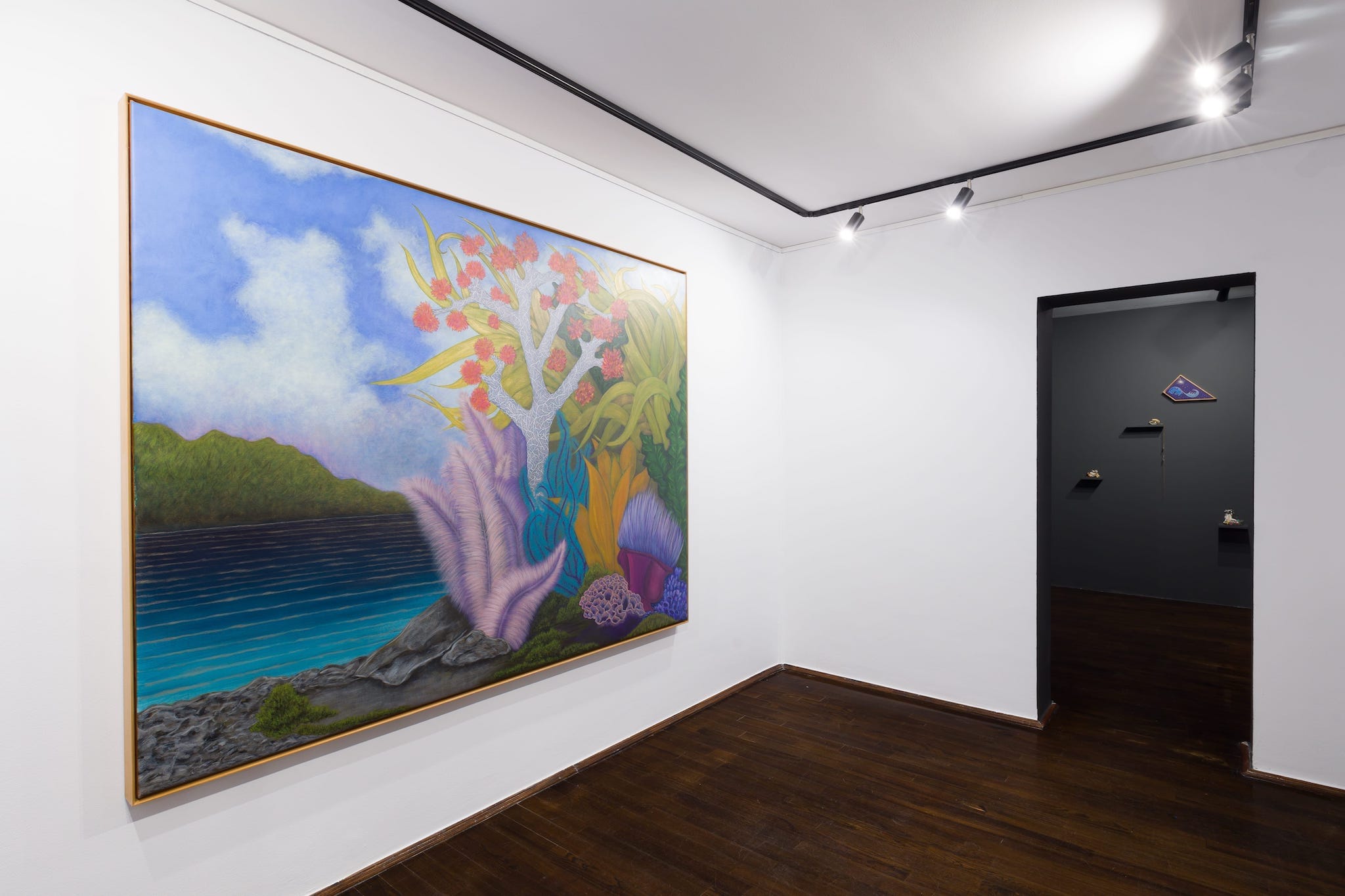
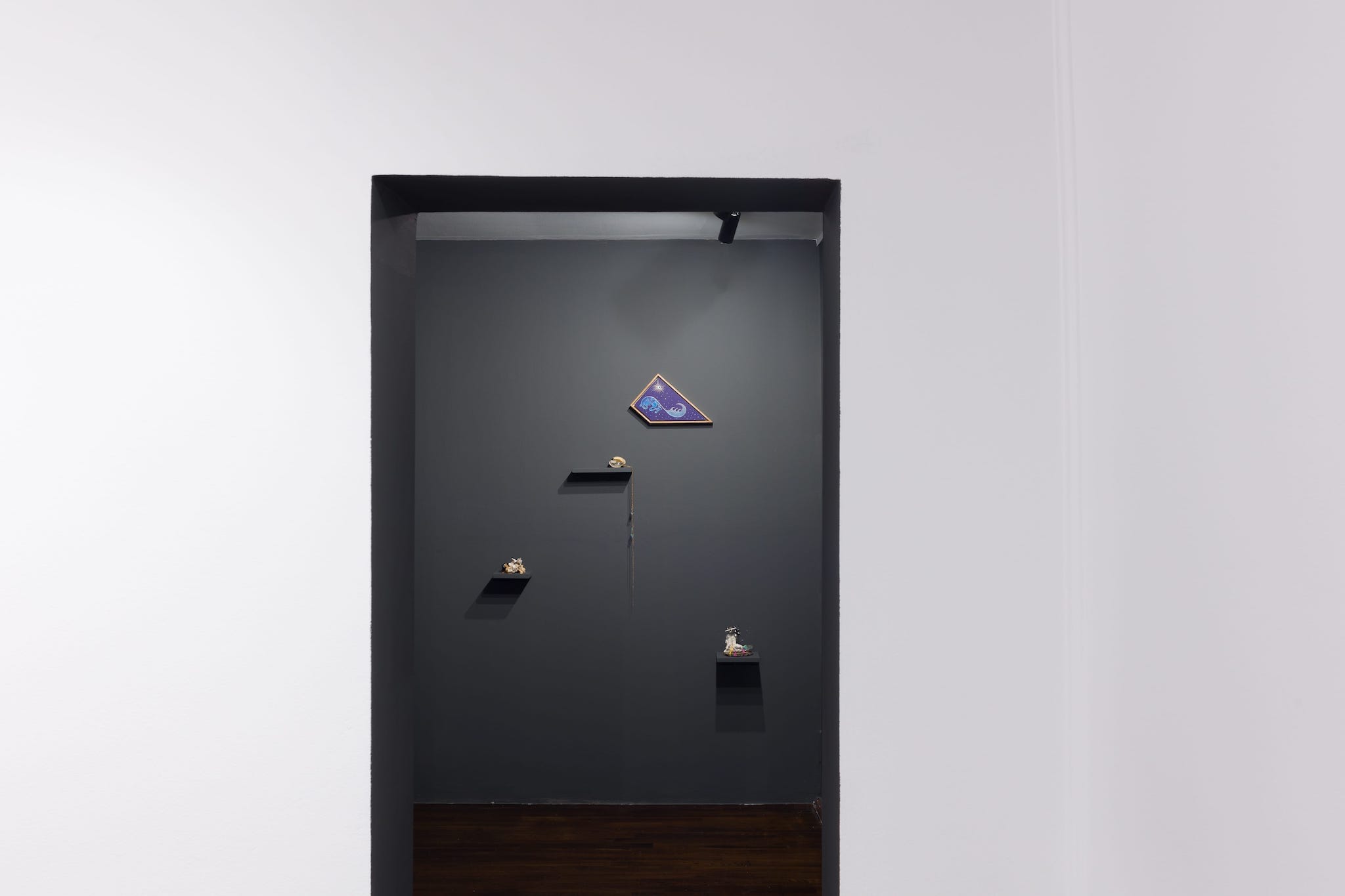
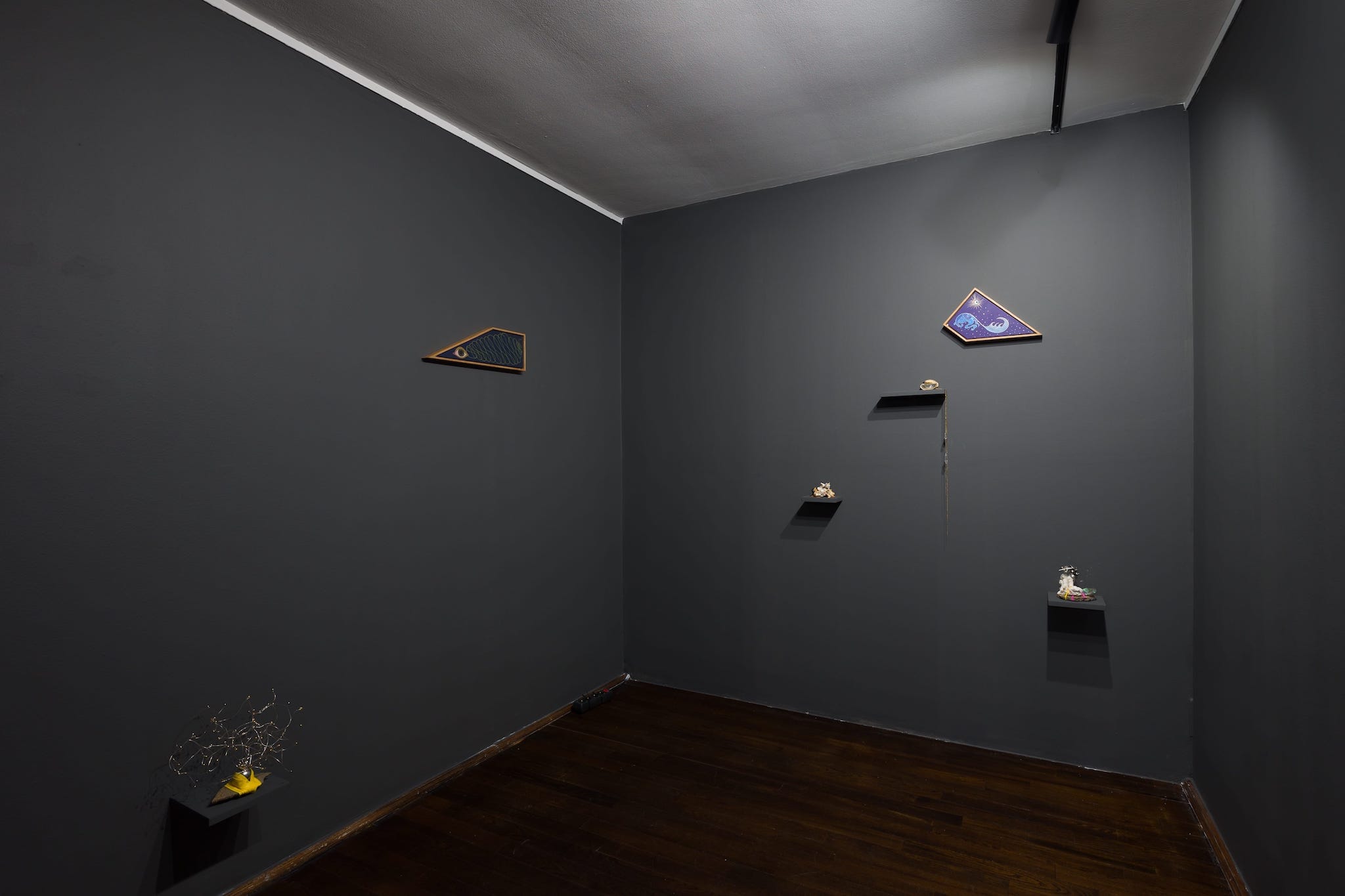
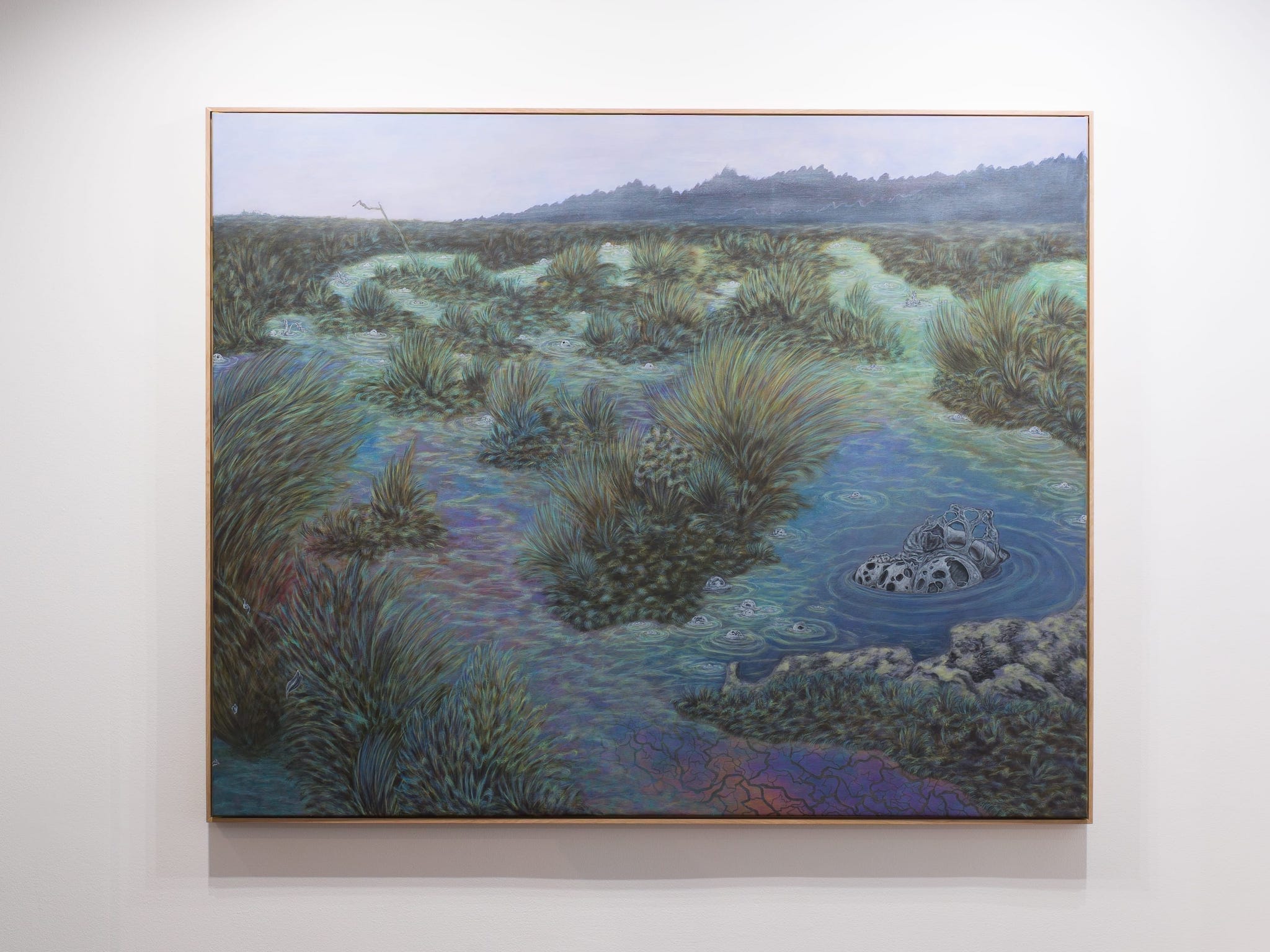
The Silent Flutter of Untamed Lands, 2022
acrylic on canvas
154 x 192 cm
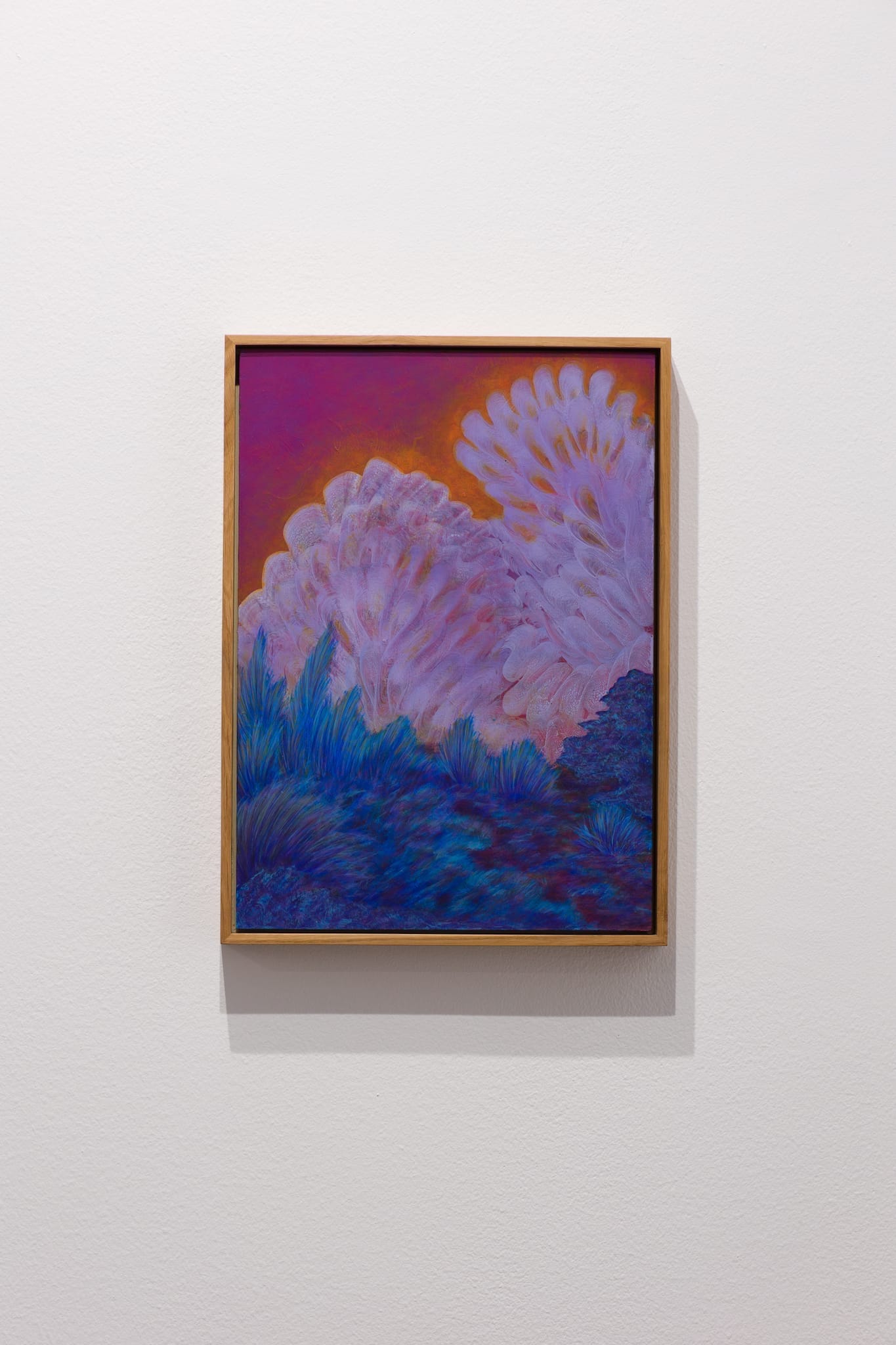
Howling Shimmer, 2022
acrylic on wood
32 x 29 cm
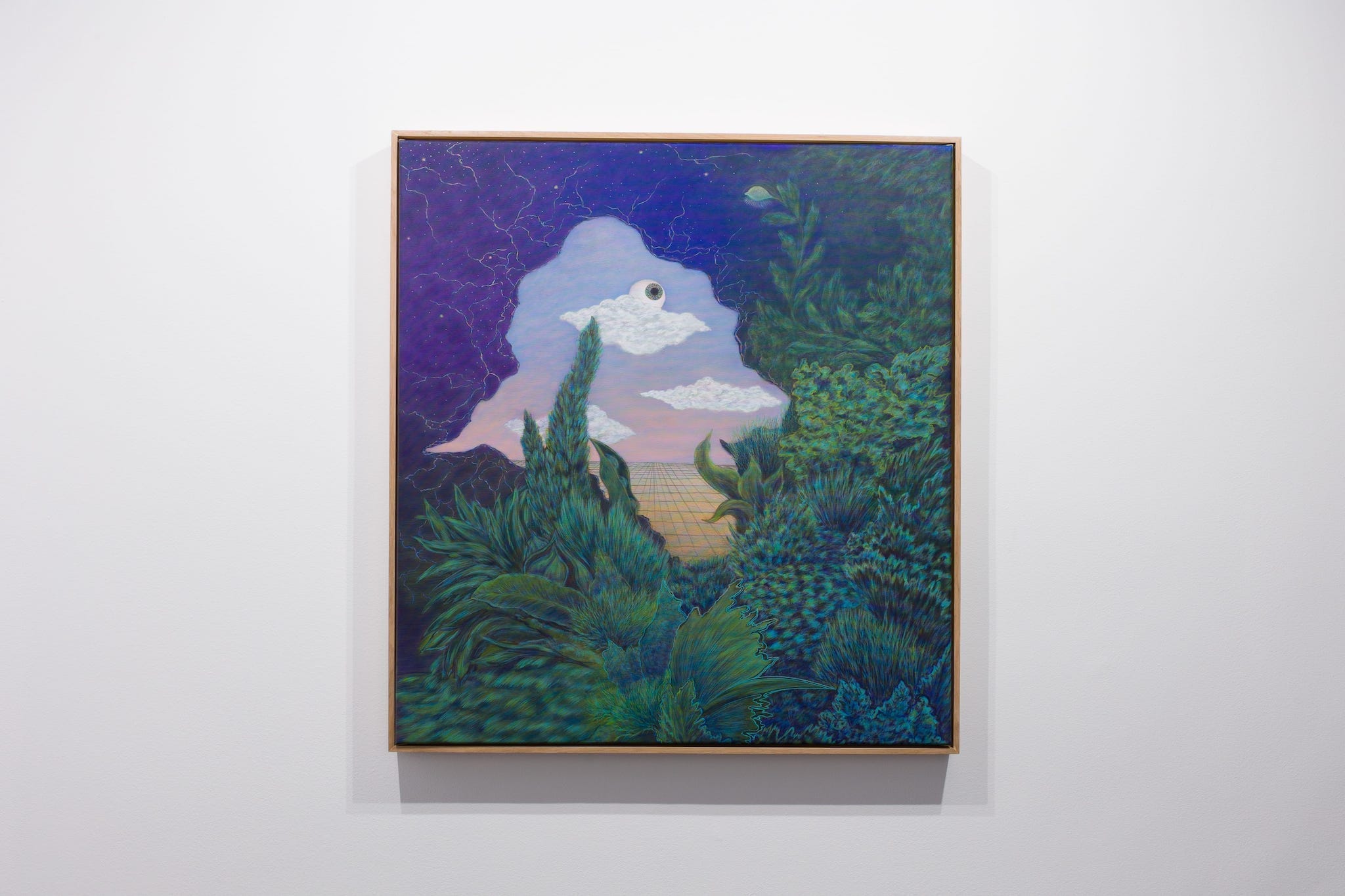
Off-grid Murmur, 2022
acrylic on canvas
97.5 x 90 cm
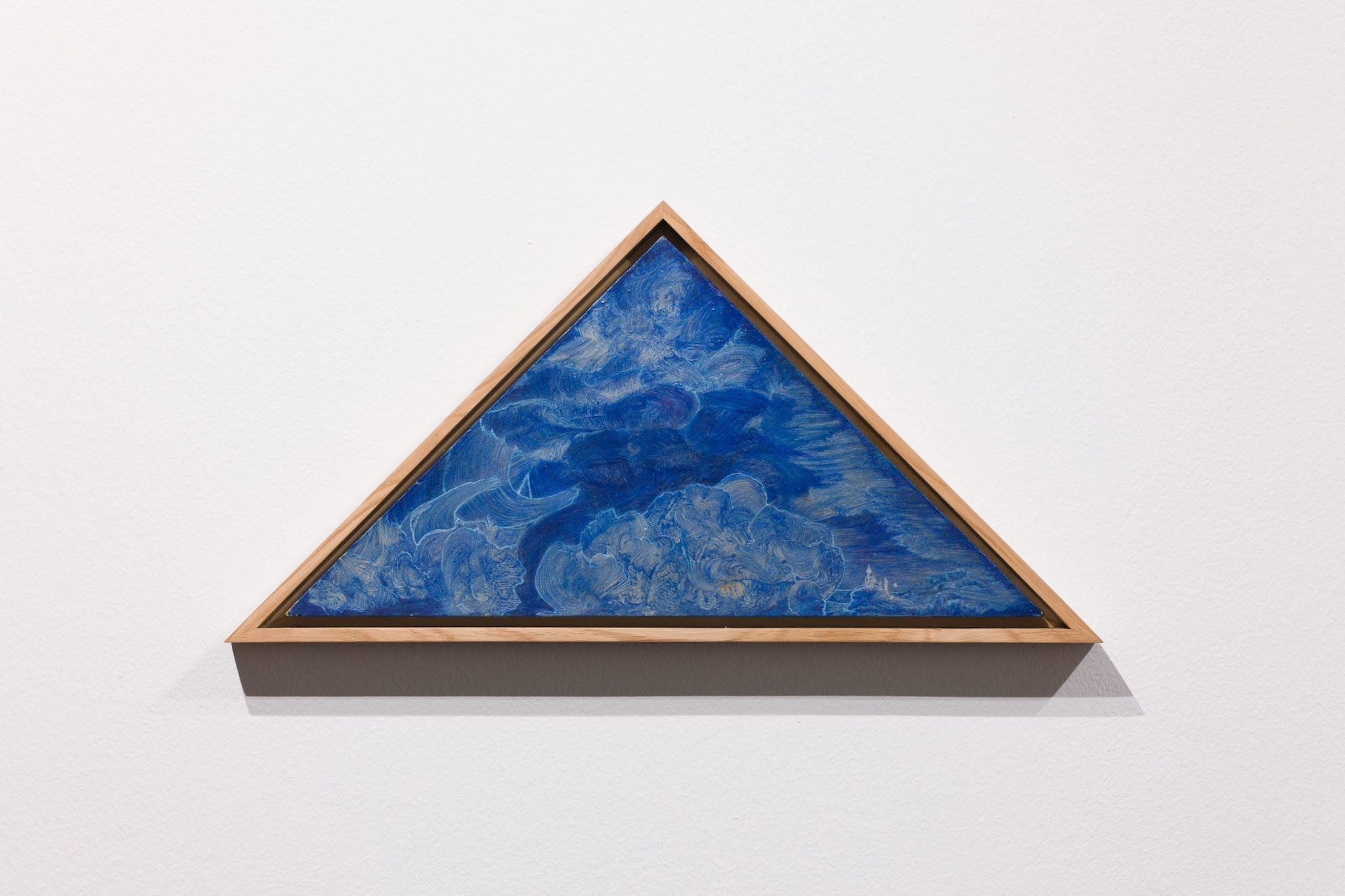
The REM Plateau, 2022
acrylic on wood
16 x 32 cm
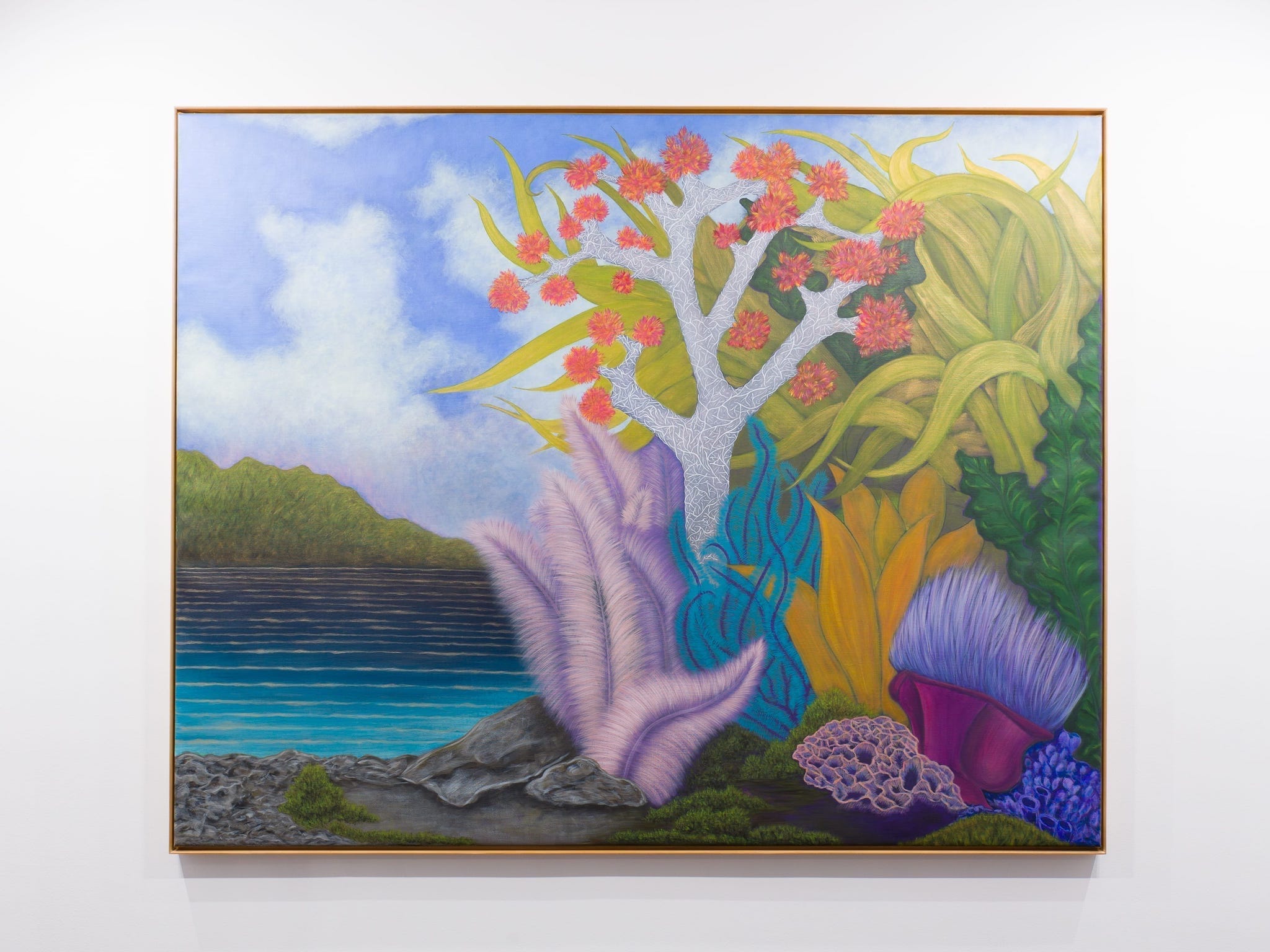
Rehydrated Thoughts, 2021
acrylic on canvas
155 x 196 cm
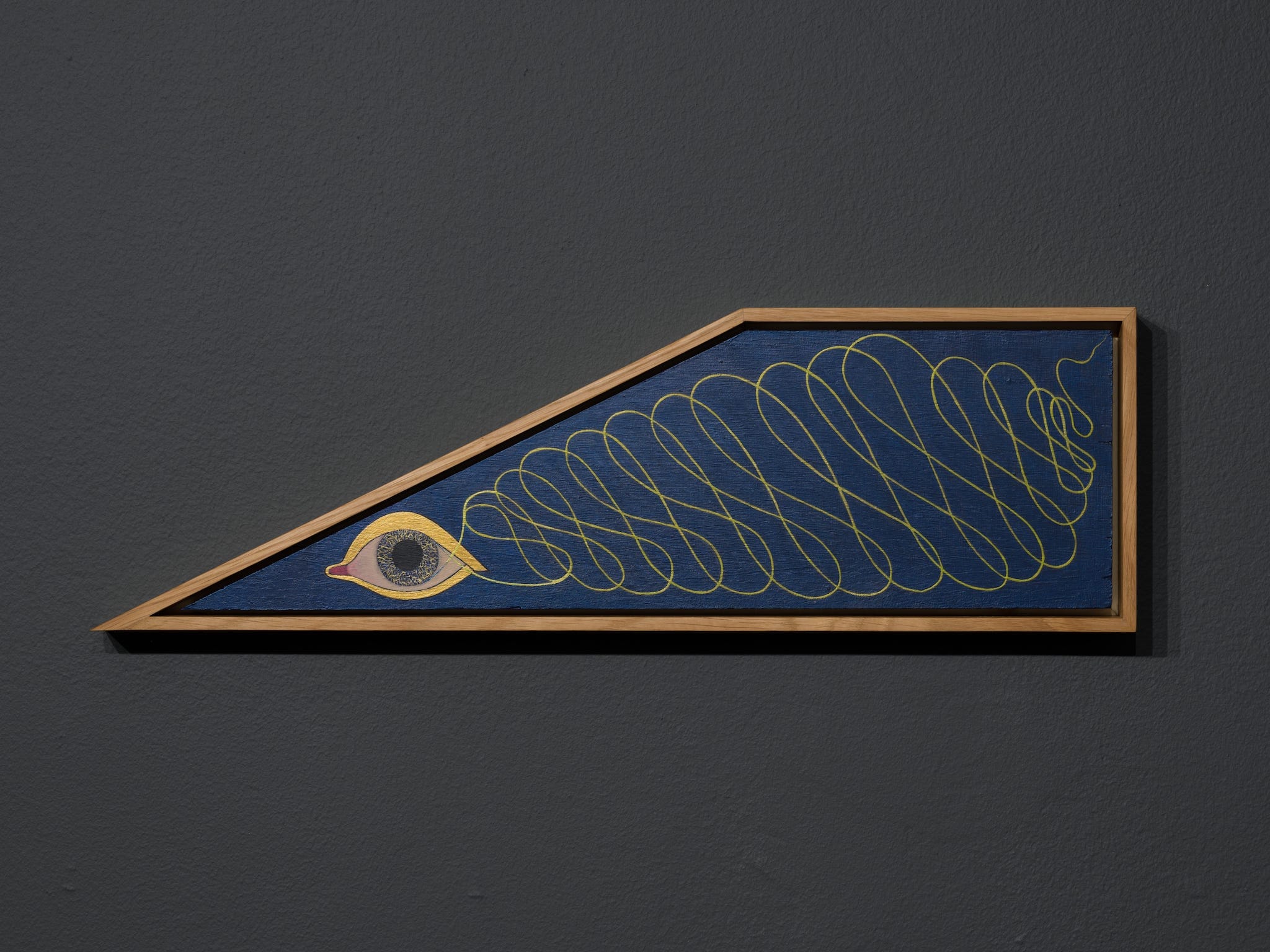
Wanderlust I, 2021
acrylic on wood
13 x 43 cm
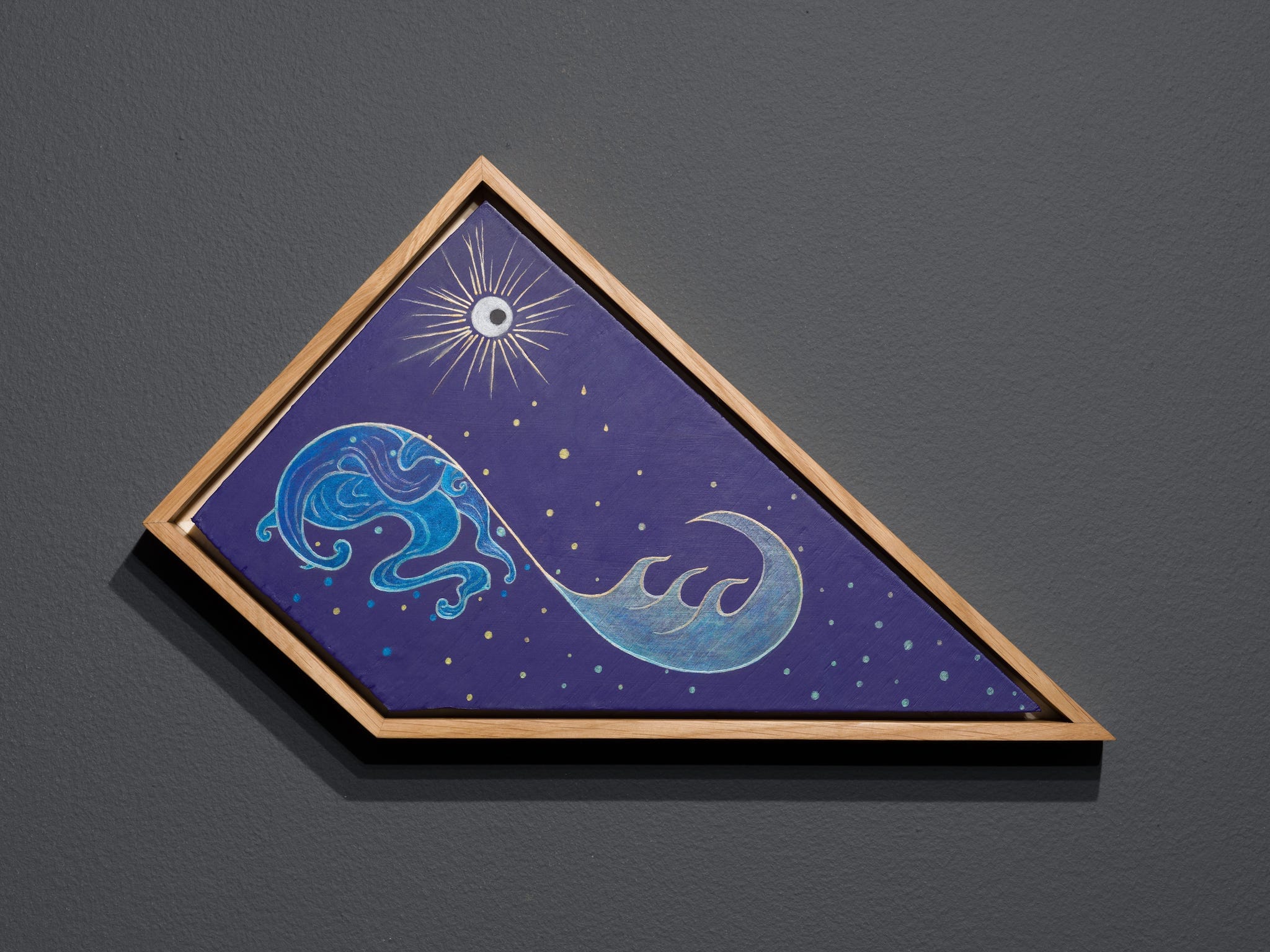
Wanderlust II, 2021
acrylic on wood
18 x 29 cm
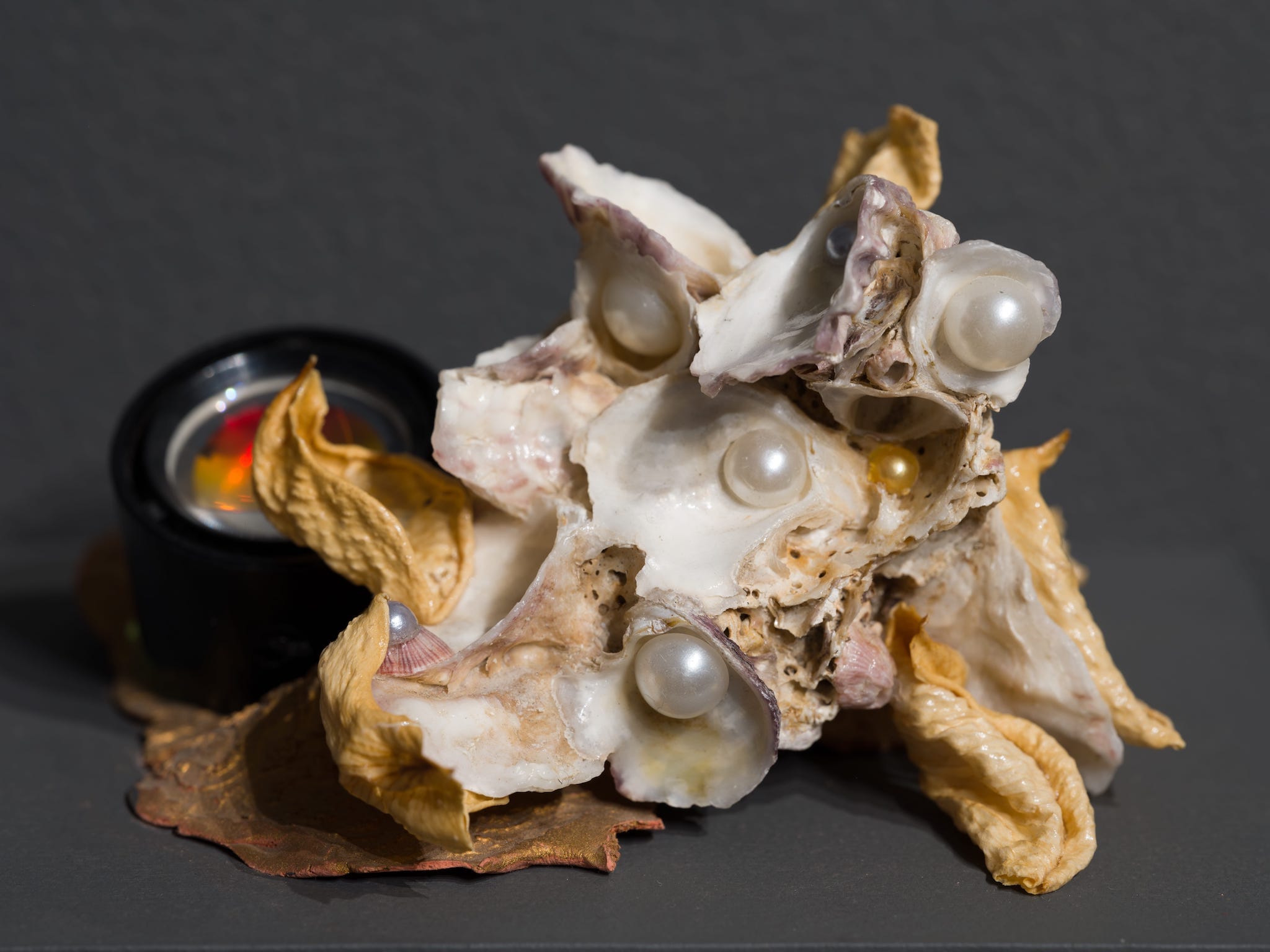
Dormant Decoding, 2022
series of objects
variable dimensions
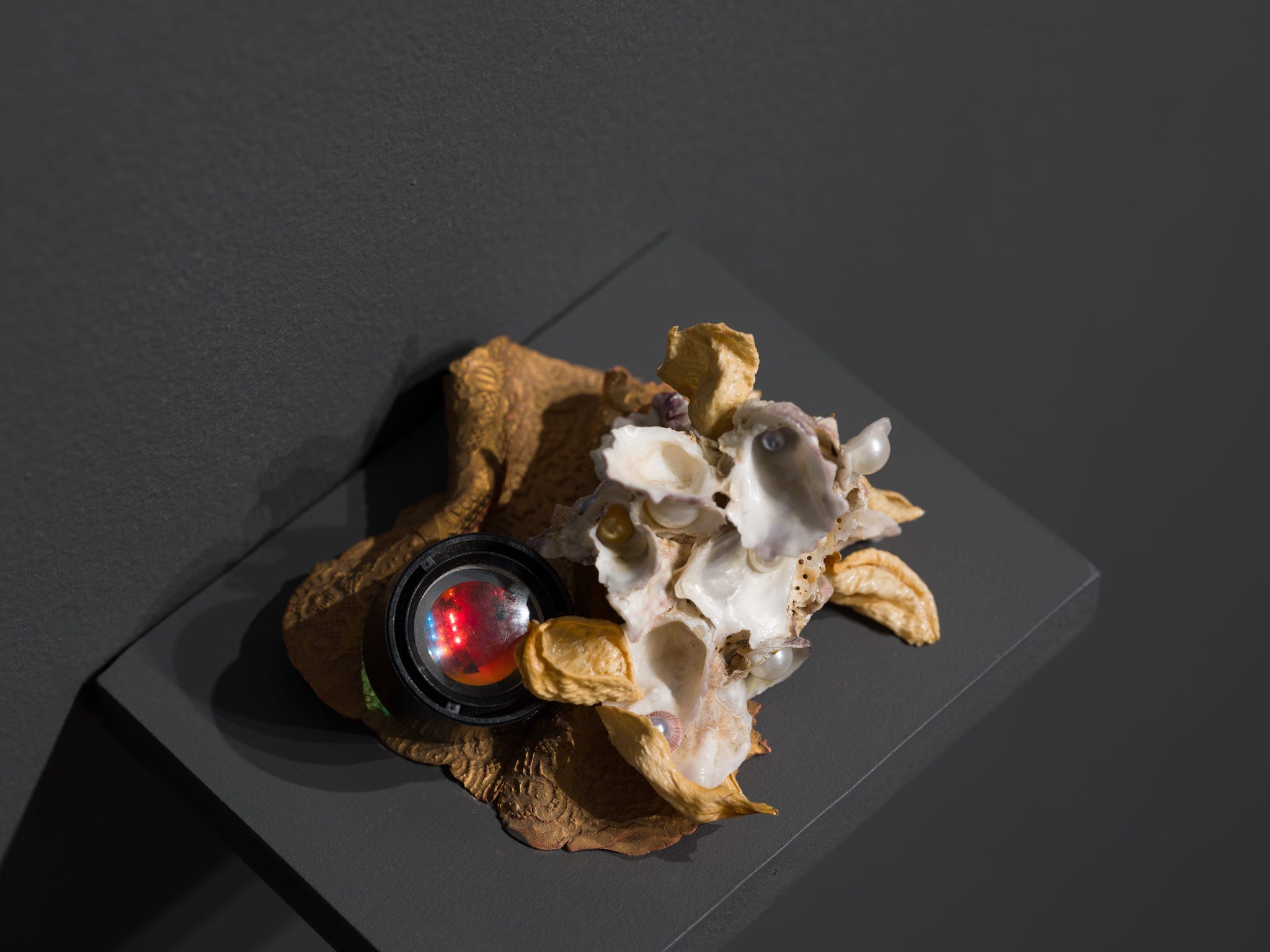
Dormant Decoding, 2022
series of objects
variable dimensions
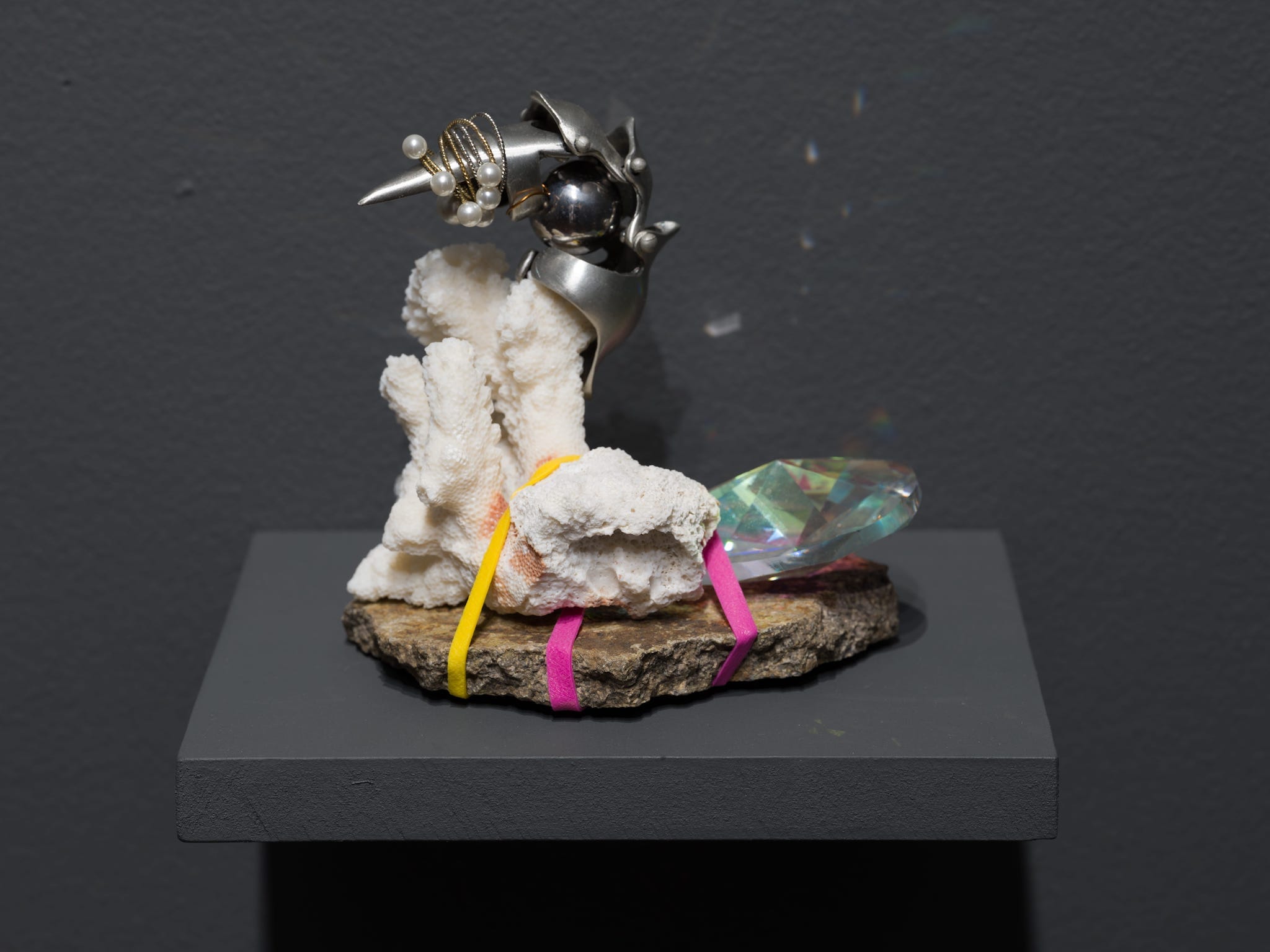
Dormant Decoding, 2022
series of objects
variable dimensions
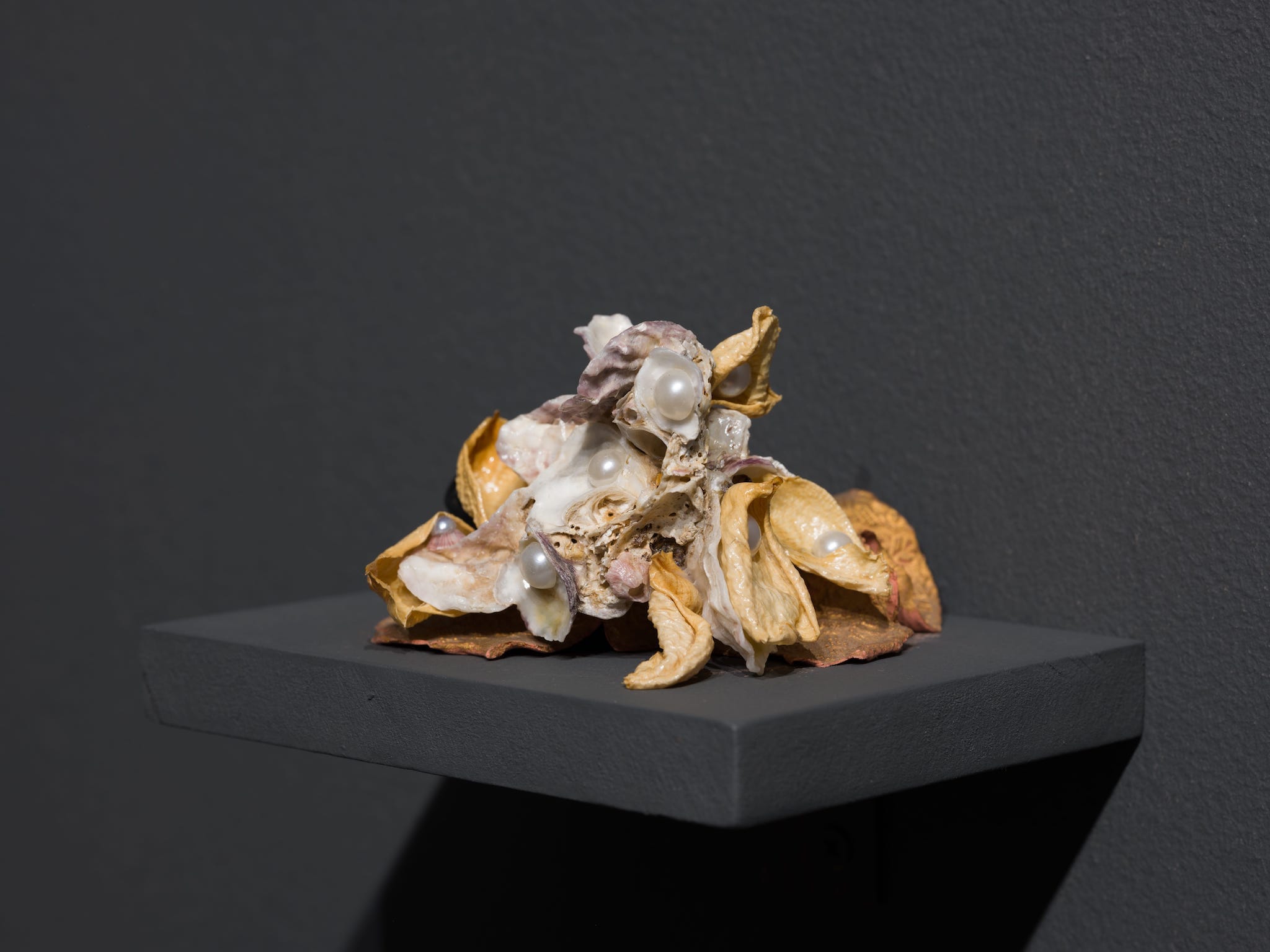
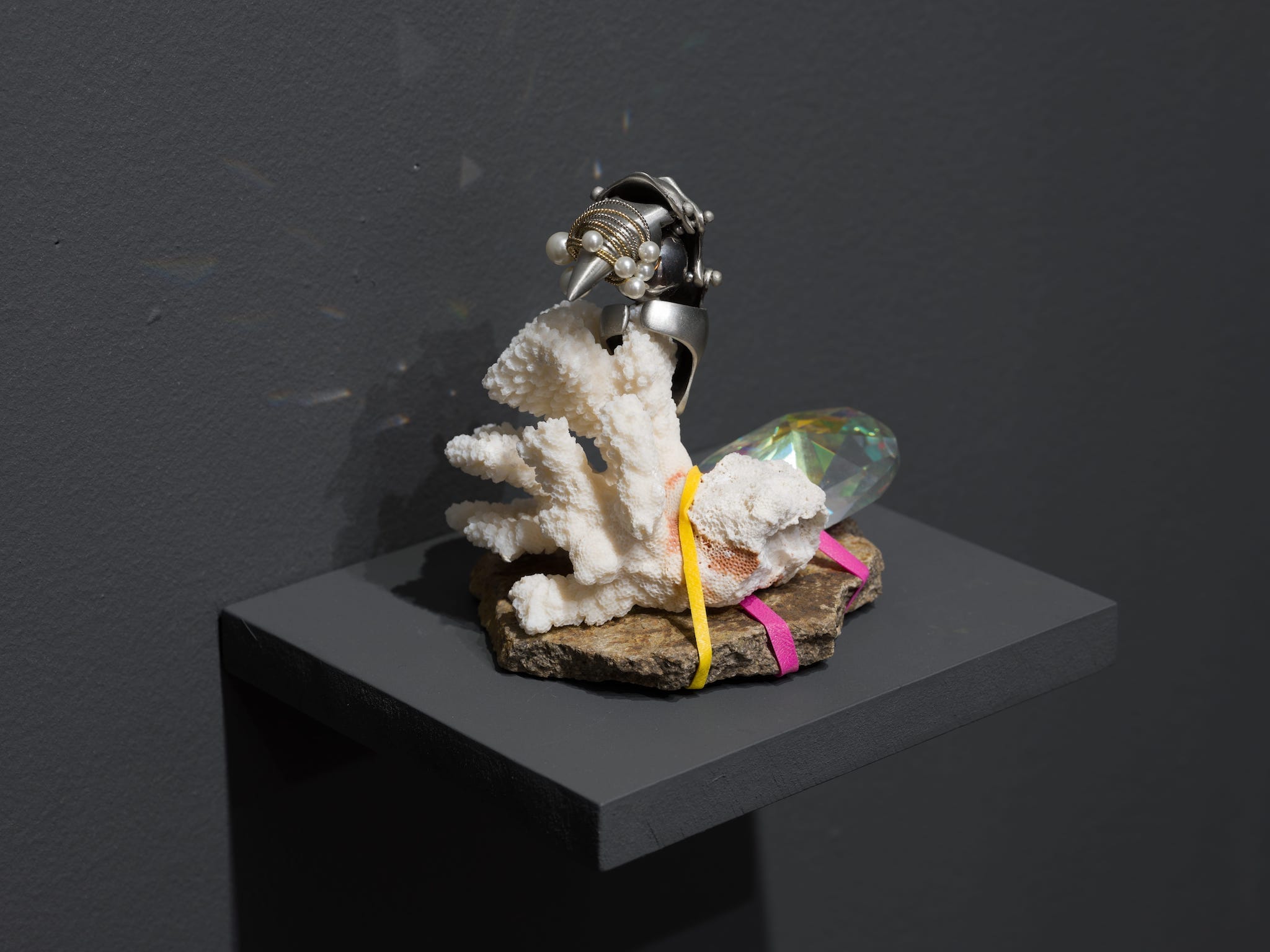
Dormant Decoding, 2022
series of objects
variable dimensions
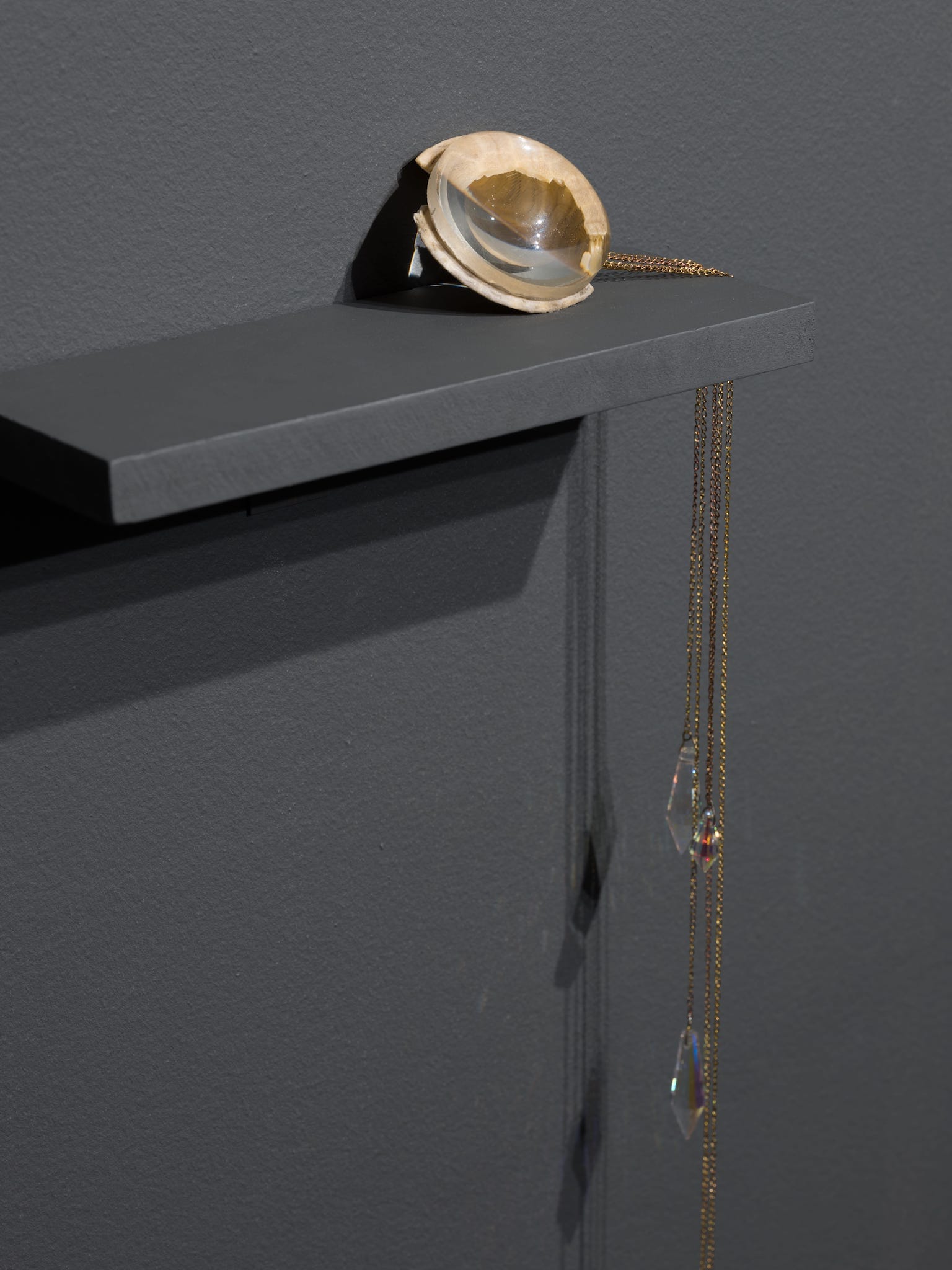
Dormant Decoding, 2022
series of objects
variable dimensions
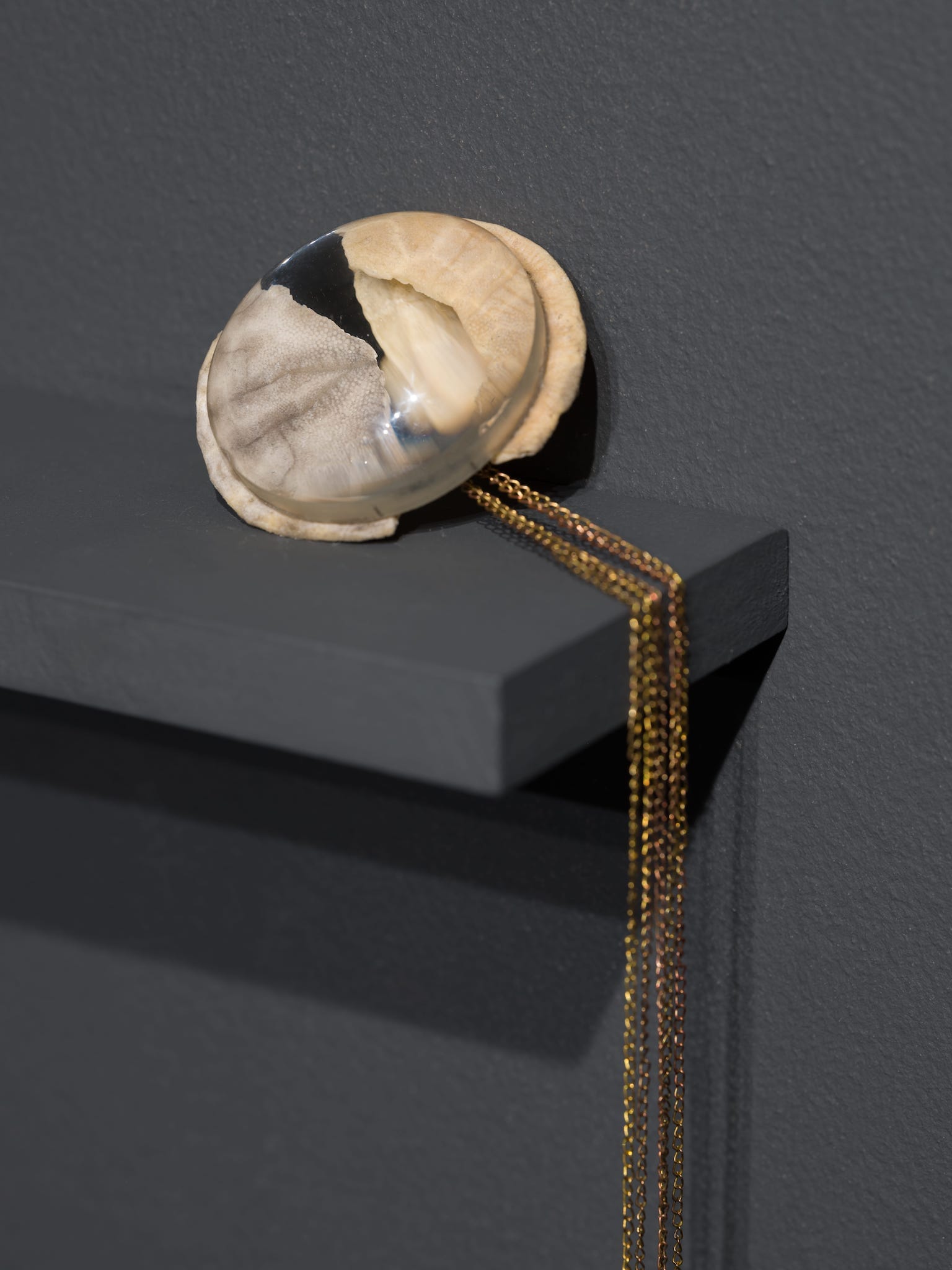
Dormant Decoding, 2022
series of objects
variable dimensions
(details)
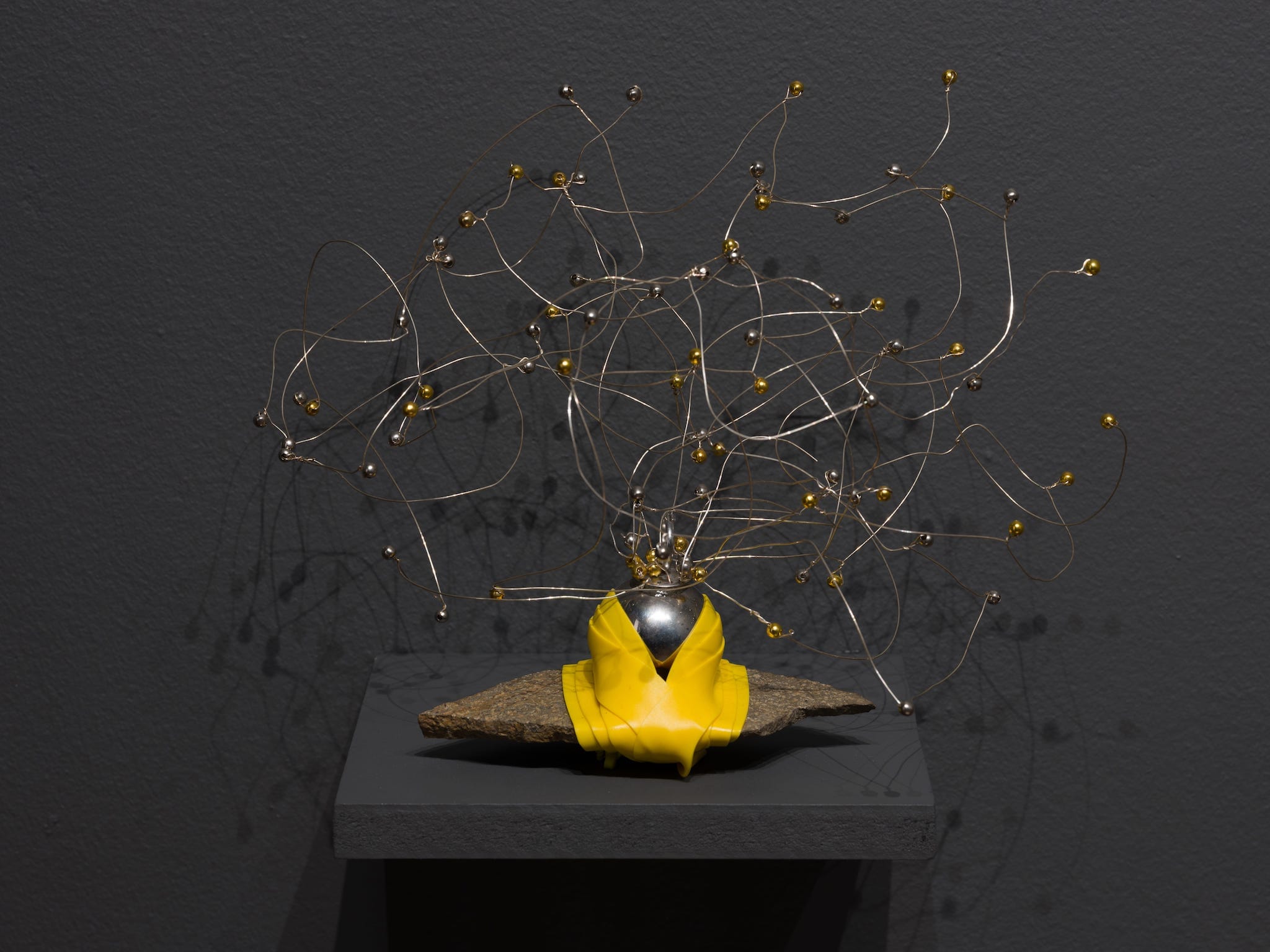
Dormant Decoding, 2022
series of objects
variable dimensions
Artist
Maria Balea (b. 1990) lives and works in Cluj-Napoca. Her practice involves primarily painting, collage, objects, and installations. Drawn to the details of artifacts and plants, she looks at the way some of the smallest shapes and cracks in the surfaces construct a (living) object, and how such details can be then unfolded and represented. In this endeavor, she takes cues from the apparent flatness of early Renaissance paintings and renderings of space, architectural elements and textures, to foster fluid materiality. The works are often imbued with the artist’s personal self-reflection on the larger questions of life which burden many of us. She was the co-founder of Superliquidato, an alternative art space for digital and experimental media springing from the internet, and active between 2014-2017 within the Paintbrush Factory in Cluj-Napoca. Her works have been shown in art spaces and galleries such as Fabrica de Pensule, AiciAcolo in Cluj-Napoca, Centrul Artelor Vizuale Multimedia, Pavilion and Goodbuy Gallery in Bucharest or FortDeltaGallery in Melbourne.
